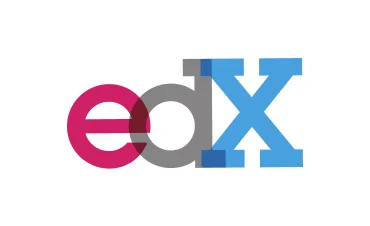When you enroll through our links, we may earn a small commission—at no extra cost to you. This helps keep our platform free and inspires us to add more value.

ArmEducationX: Introduction to Microprocessors
An introduction to computer architecture, microprocessors and CPUs. Learn about the basic components of a PC, what they do, how they talk to each other and how object code gets transformed into machine code. The topics covered by this course are key to anyone interested in computer hardware engineering but also an essential foundation for software programming.

This Course Includes
 edx
edx 0 (0 reviews )
0 (0 reviews ) 5 weeks at 1-2 hours per week
5 weeks at 1-2 hours per week english
english Online - Self Paced
Online - Self Paced course
course ArmEducationX
ArmEducationX
About ArmEducationX: Introduction to Microprocessors
Want to understand how the central processing unit (CPU) of a microprocessor works? How the code you type is actually executed by your computer? Presented by engineers from Arm, this course provides you with an introduction to the central components of processors including:
the Arithmetic Logic Unit, or ALU, and the arithmetic and logical operations it carries out;
the Fetch-Decode-Execute cycle or FDE within different architectures;
pipelining, or how a CPU decides what to prioritise and the challenges faced when doing so;
types of memory and their uses;
the process that high level code, such as C#, goes through to get converted into machine code;
assembly code, an interim step between high level and machine level code; and
how assembling and compiling work together to produce object code or executable files.
There is also a practical opportunity to be introduced to an assembly language.
What You Will Learn?
- The purpose, specs, components and activities of a CPU.
- The differences and uses of RAM, ROM, and cache memory.
- The purpose and activities of buses and registers.
- Opcode, operands and memory addresses.
- The purpose and operations of an arithmetic logic unit.
- The fetch-decode-execute cycle.
- The need for assembly and machine code.
- Basic conversion of assembly code to machine code.